How To Plan A Surf Trip
In theory surf trips are simple - right?
- Book a flight
- Check your surfboards in with your luggage
- Arrive at your destination of choice
- Go surf perfect waves for a week
Wrong. It’s not that simple. If it were, everyone would be doing it.
If you haven't already realised, the world is a big place, and over half (70% to be precise) is made up of ocean. That's a lot of surf spots when you think about it. Chances are, you're not going to surf every point or beach break in your lifetime, however, that doesn't mean you can't try. It all comes down to your bucket list. No doubt there will be well-known destinations such as Pipeline, J-Bay, Bells Beach, Cloudbreak and Teahupo'o hovering at the top of your list, but if you really want the full surf trip experience, you need to find somewhere a little more secluded, empty and off the grid. Thus, the first step in planning a surf trip is to choose a destination.
Choosing a destination
It doesn't matter if you're travelling solo or with a group of friends, picking the right place to surf is the single most important decision you'll ever have to make. Get it right, you're a legend. Get it wrong, you'll be exiled. That may sound a little overdramatic, but it really is an important decision, which will either make or break your surf trip.
There are so many amazing places to surf in the world that are easily accessible by car, plane and/or boat that, for better or worse, make the final decision all the more trickier. It comes down to the nature of the trip. If it's a strike mission, whereby you leave it to the last minute to see what the swell is doing, then pick the place which is going to have to better waves. This could involve either a road trip or flight. Regardless, you're going to want to see how long the swell is lasting - so you don't miss out. If you've decided on somewhere in the Pacific or Indian ocean, chances are you're going to get a wave, regardless of its size. The most important aspect of a 'last minute' trip is to allow yourself enough time on either side of the window. There is no point going on a surf trip for three days, because there is every possibility that those specific days could be flat, even if the reports say otherwise. You're dealing with the weather, which can be a wily temptress at times. It's best to allow for a week - minimum.
If it's a trip that you're planning well in advance, then you have plenty of time to do your research. However, since you're not God, you can't predict if the waves are going to be good six months out. Although, if you've done a bit of studying when it comes to swells, winds and seasonal shifts, you should know which places are firing at any given time. Additionally, if the pressure becomes too much, chuck a bunch of destinations in a hat, and get a mate to pick one out. From there, you can find out when that place is cooking, and plan your trip accordingly.
Contrary to the common misconception of following the endless summer, when it comes to surfing, it's always best to follow winter swells. This doesn't mean you're going to be needing a wetsuit all-year-round, it just means that most surf spots fire when it's 'technically' winter. Australia, Hawaii and South Africa are prime examples of this. If you were to go to either place during the summer, you probably won't find the wave you're looking for. However, during the winter, it's waves galore. And if you're in Hawaii or the northern part of Australia on the East Coast, all you'll need is boardshorts. Other surf destinations such as Indonesia are pretty consistent from July all the way through to September. France and Portugal start to wake up around October. Central America always has a wave, so it doesn't matter when you go over there, which is the same down in South America. South Africa seems to get good around March and continues through to September - just be wary of sharks.
You should also consider the type of wave you want to surf. Whether it's reef, beach, or smooth point breaks. If traveling with a group of friends, this factor can often divide opinions - so make sure everyone is on the same page.
Tip: If in doubt on where and when to travel, jump online and spend some time looking at a heap of spots, and break down the pros and cons. Google is a wonderful thing.
What is your budget?
Technically, this should be your first thought. But let's be honest, it's way more enjoyable deciding on a place to surf before determining if you can afford it or not. Luckily, there are a plethora of budget airlines that offer cheap flights all across the world. Indonesia is often the pick of the bunch in terms of affordability. However, if you have the cash, Europe, America and South Africa certainly come into play - along with exotic destinations such as the Mentawais, Fiji, Tahiti and the Maldives.
Budgeting isn't just about travel though. You will need to factor in accomodation, internal travel (boats, cars, short flights) and spending money. Accomodation can be as cheap or expensive as you want it to be. It's all a matter of preference. If you're planning on hitting popular westernised destinations then it's always good to look at campsites, hostels or AirBnB. Depending on how many people you're traveling with, AirBnB can be relatively cheap, and offer everything you need. If you're heading over to Indonesia then a bit of money can go a long way. You can often get a great villa for a little amount of money if you're sharing with six or so friends. However, if you're after the full surfing experience and wan to dial out from the world, then there are campsites everywhere which add an extra element of tranquility.
Internal travel is just something you have to accept. If you're planning to surf a reef, chances are you'll need to get there by boat. Prices will vary depending on where you are, so just get a few quotes and take it from there.
Spending money is a no brainer. Food, drinks, medical supplies etc. Just make sure you have enough - or a credit card.
What to pack
It's better to over prepare than under prepare - so they say. Obviously you'll need a surfboard, or a quiver. You'll also need to check with the airline you're flying with what the deal is when it comes to baggage fees etc. Unfortunately, you'll probably need to pay a little extra for the big surfboard bag. If you're going somewhere hot, then just load up with t-shirts, boardshorts, bikinis, summer dresses, hats, sunscreen and anything else 'light'. If the place is known to be cold, then it's all about wetsuits (you'll need to determine the correct thickness), jumpers, trousers, shirts, track pants, beanies and anything else that's going to keep you toastie. Because, there is literally nothing worse than being cold on a surf trip.
If you're going somewhere off the beaten track and you're going to be surfing a reef, then make sure you have a medical kit with all the necessary items. Surfing a reef often results in a few scratches and cuts, so you're going to need something to disinfect your wounds. And obviously something to bandage it all up. Just because you charge big waves, doesn't mean you can't be safe!
If you're flying internationally, then obviously be sure to pack your passport. That should really be done before you pack your surfboards. Also check if you need visas when entering a certain country - because there is every chance you will. And you don't want to go through the whole traveling ordeal, only to be turned back.
The list can go on, but for the sake of this article not turning into an essay, I'll leave it there.
—
At the end of the day, there is nothing more enjoyable than a surf trip. It's all about experiencing new waves, different cultures and embracing anything thrown your way. Be sure to be respectful to the locals and always thankful to anyone who helps you along the way.
---
Shop all the latest wetsuits and surfing accessories here.
@wetsuitoutlet
Updated on 23rd January 2019
Originally published on 5th December 2018 in Surfing










































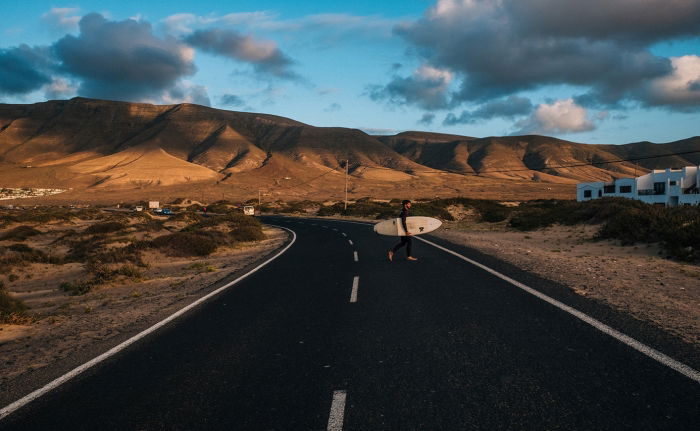



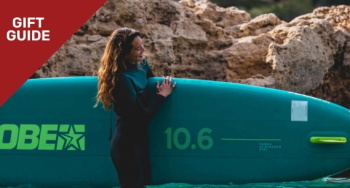

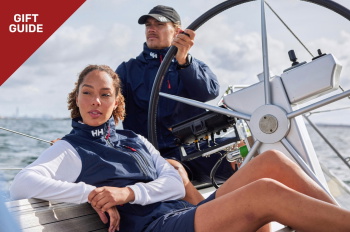
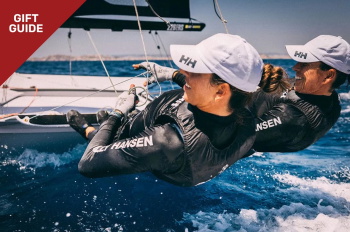
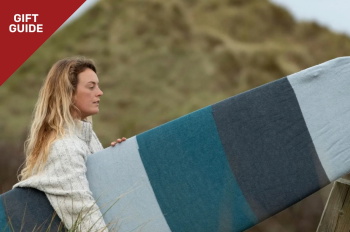
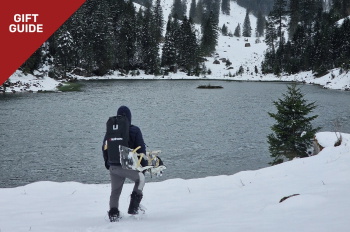
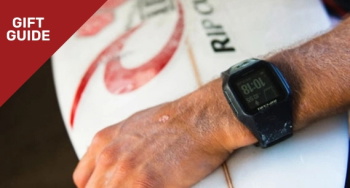


 Visit the US site
Visit the US site 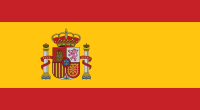 Continue to ES
Continue to ES